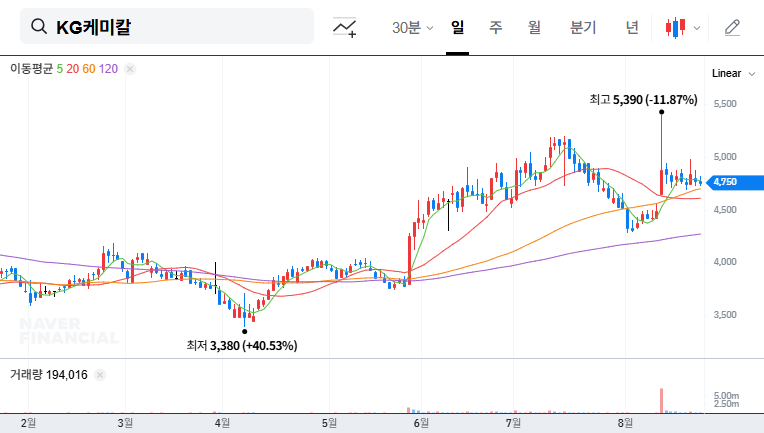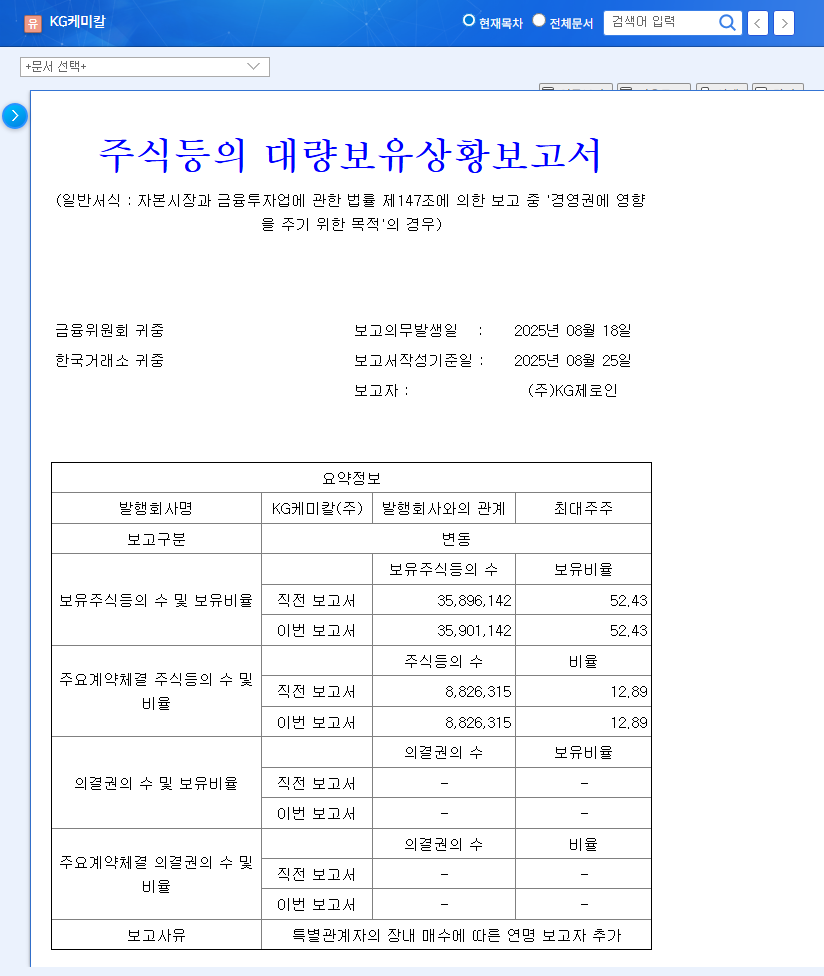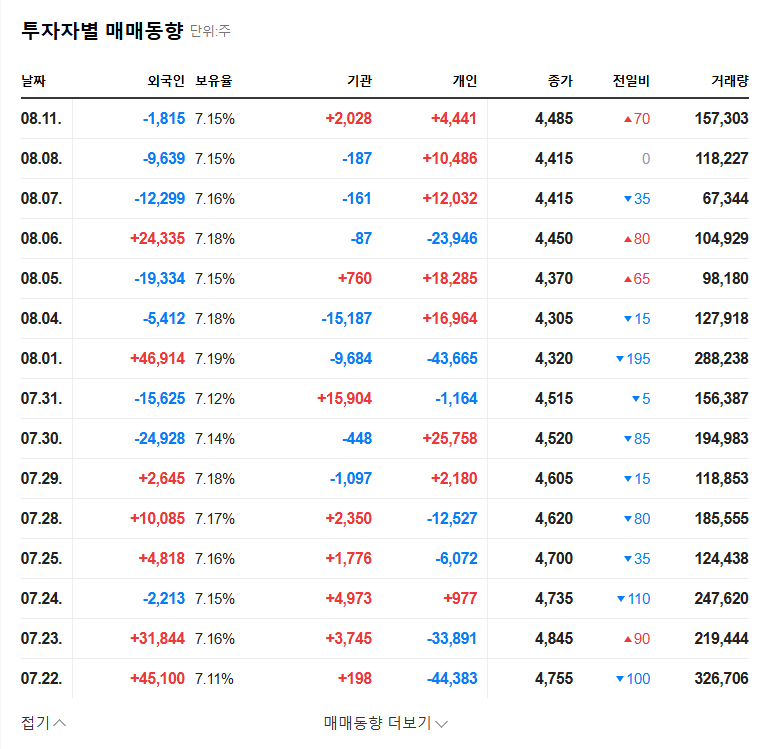1. What Happened? NJet Releases H1 2025 Earnings Report
NJet announced KRW 1.9 billion in revenue in its H1 2025 earnings report released on August 28, 2025. This figure significantly surpasses market expectations of KRW 0 billion.
2. Why Does it Matter? Revenue Growth Coupled with Continued Losses
While revenue growth is a positive sign, NJet continues to struggle with profitability, reporting an operating loss of KRW 1.3 billion and a net loss of KRW 2.5 billion. This is attributed to factors such as a slowdown in investments in related industries and increased competition. The company has reported losses for five consecutive quarters, with the second quarter of 2025 showing a widening loss margin.
3. What Should Investors Do? Investment Strategy Analysis
NJet possesses several positive attributes, including its EHD technology, the launch of its multi-nozzle product, and its diversification strategy into the solar and secondary battery markets. However, the continued losses are a significant concern. The current stock price is on a downward trend, and this earnings report could exert further downward pressure.
- Short-Term Perspective: Investors should monitor the company’s self-rescue measures to improve its loss structure, the commercialization of new technologies, and its performance in overseas markets.
- Long-Term Perspective: It’s crucial to observe whether the company’s core technologies translate into improved profitability and financial soundness. If the poor performance continues, the investment attractiveness could significantly diminish.
Experts recommend a cautious approach to investing in NJet. Investors should carefully consider future earnings announcements, technological developments, order intake, and overall industry and macroeconomic trends before making any investment decisions.
4. Investor Action Plan
Investors considering NJet should develop an action plan that includes the following:
- Gather Information: Continuously collect information about NJet through company IR materials, securities firm analysis reports, and news articles.
- Analyze Financial Indicators: Analyze key financial indicators such as revenue, operating profit, net profit, and debt ratio, and identify trends.
- Manage Risk: Implement risk management strategies, such as investing only a portion of available funds or setting stop-loss limits.
- Seek Expert Advice: Consider seeking advice from investment professionals when needed.
Frequently Asked Questions
What is NJet’s core technology?
NJet’s core technology is EHD (electrohydrodynamic) inkjet printing and coating solutions. This technology can be applied to various industries, including displays, semiconductors, and bio.
What were NJet’s financial results for H1 2025?
NJet reported revenue of KRW 1.9 billion, an operating loss of KRW 1.3 billion, and a net loss of KRW 2.5 billion in the first half of 2025.
What are the key considerations for investing in NJet?
While NJet holds growth potential, its continued losses pose a significant risk. Thoroughly analyzing financial indicators, industry trends, and establishing a risk management plan is essential before investing.


